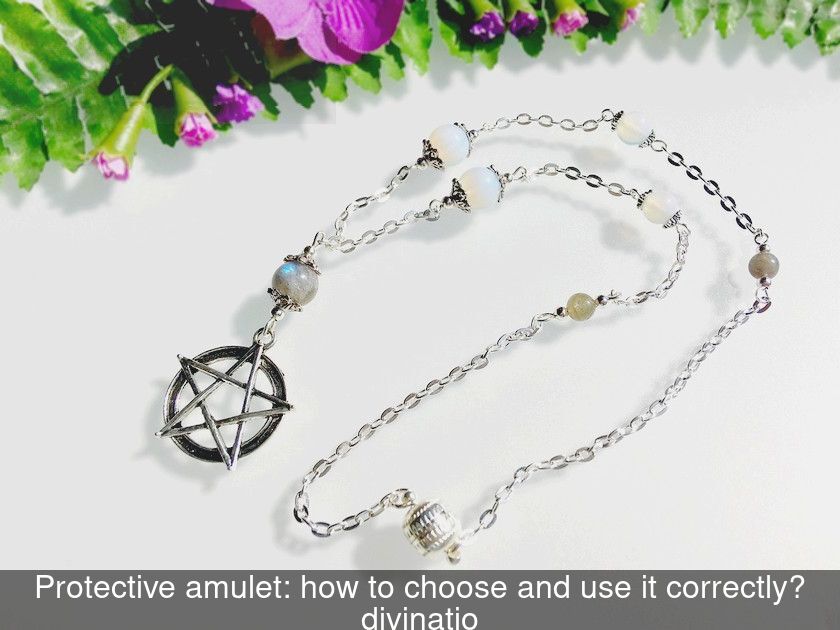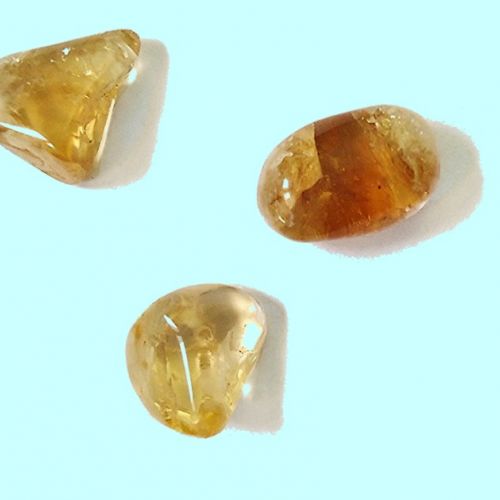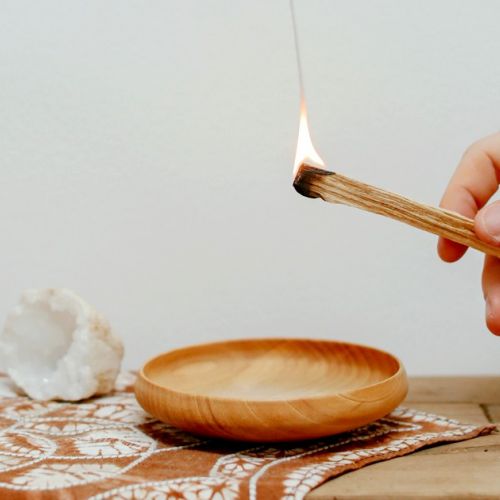Protective Amulet: How To Choose And Use It Correctly?
Even if some see them as mere trinkets and baseless superstitions, magical objects such as amulets, charms, and talismans have been as old as humanity itself. The protective amulet, which acts as a shield against negative energies, can serve to protect not only its wearer but also their belongings and home. We will explain to you how to properly choose and use this magical item.
What is the purpose of an amulet?
Despite the confusion that exists on this subject, an amulet is not the same thing as a talisman or a lucky charm.
Amulets are objects intended to protect people and possessions from danger, while talismans are used to attract a specific benefit to their owner.
In other words, a protective amulet simply acts as a shield against negative energies and their harmful effects on the physical, mental, and spiritual levels.
What are the origins of the amulet?
The etymology of the word "amulet" is Latin. This term derives from the Latin amuletum which refers to a small object to which a protective virtue is attributed against all kinds of evils.
Archaeologists have found amulets in all ancient civilizations, notably in ancient Babylon, among the Egyptians and the Romans.
The use of protective objects can be found on all continents, as in Asia too, amulets are used to protect against the evil eye and even Buddhist monks make them...
It is not an exaggeration to affirm that the use of protective amulets is common to all peoples of the planet, as it testifies to a universal need of humanity: that of protecting oneself against dangers that threaten the individual, their home, their family or their livestock.
The popularity of amulets worldwide could also be explained by a shared belief in the existence of negative entities such as evil spirits, the evil eye or demons.
What are the different types of amulets?
The protective amulet being a universal object, there are as many types as there are civilizations. Among the early humans, amulet-jewelry was made up of elements collected from nature, such as stones, bones, shells, and animal teeth.
Even today, these objects can take extremely varied forms, materials, and appearances, ranging from simple sachets containing dried herbs to luxurious jewelry.
The materials used can be stones (ordinary, semi-precious, or precious), metals including precious metals like gold and silver, but also wood, paper, and fabric as seen in omamori (Japanese amulets sold in temples in the form of a small embroidered fabric bag).
Amulets generally have common characteristics of being:
• small in size
• designed to be worn on oneself
• sometimes adorned with an inscription or pictorial motif that enhances their protective power.
How to use a protective amulet?
If you want to use a protective amulet for yourself or your home, you will have plenty of choices among several models.
Before even going to an esoteric shop to acquire one or more amulets, take the time to think about the reasons why you want to protect yourself from certain negative influences.
Also, prior to your purchase, consider how you will use this object, either by placing it in your house or wearing it.
For obvious practical reasons, jewelry such as a ring, bracelet, or pendant are the easiest amulets to always keep on oneself.
How to choose the right amulet?
Unless you choose to make a homemade amulet using fabric, leather, beads, or strands of wool, you will need to ask yourself the right questions when you visit a specialized store.
First, ask yourself which symbol you would like to use for protection, for example:
• a blue eye or a Hamsa hand against the evil eye
• a religious symbol like a cross, a Buddha, or a tree of life
• a magical symbol like a pentacle
• a sacred animal like an Egyptian scarab or your spirit animal if you know it.
If you want to acquire a gemstone jewelry to benefit from the protective power of these stones, also consider the colors and materials that seem most suitable for your case.
In lithotherapy, there are many protective stones such as tiger's eye, for example, which is believed to dispel negative energies and protect its wearer against harmful influences from their surroundings as well as nightmares and negative thoughts.



